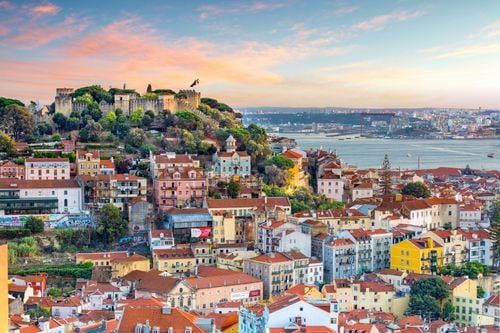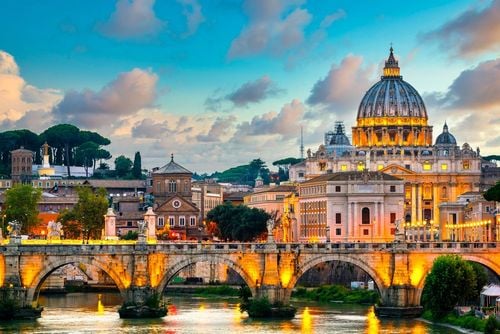A region of character with many facets
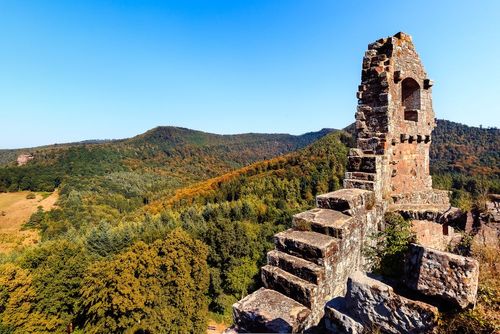
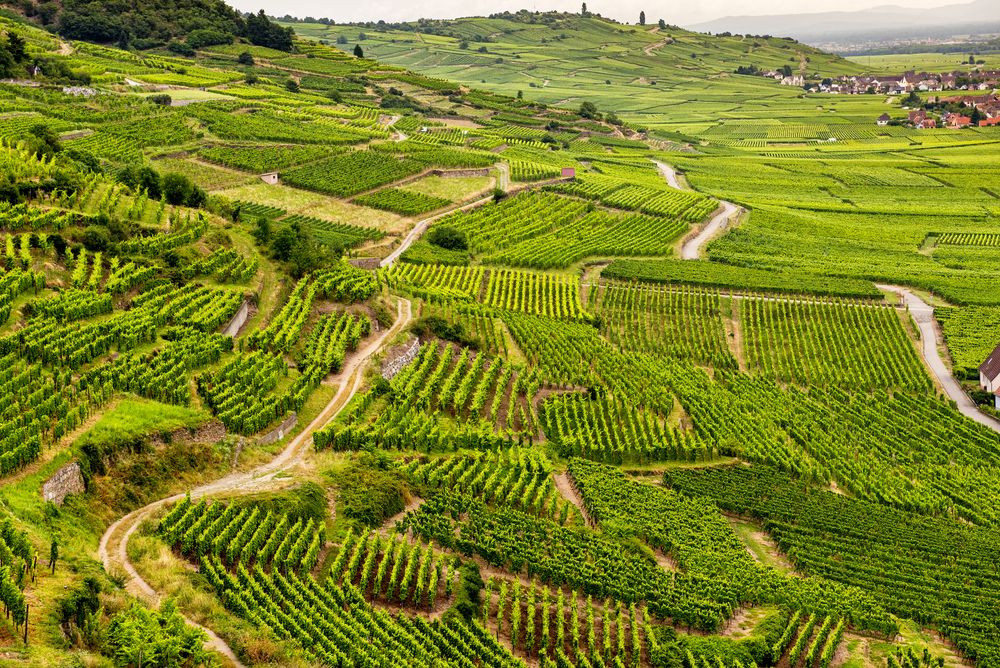
A region of character with many facets
France's Grand Est region is a must-visit destination for travellers looking to discover a part of France rich in history, culture and nature. The region offers a wide variety of sites and activities for visitors of all ages and interests.
Located in the east of France, the Grand Est region is the result of the merger of three former regions, Champagne-Ardenne, Alsace and Lorraine. The region offers an impressive diversity of landscapes, from the mountains and valleys of the Vosges, to the fertile plains of Champagne and the vineyards of Alsace. The region's historical and cultural heritage is also rich and varied, with fortified towns, Romanesque churches, medieval castles and museums that tell the story of the region's history and culture.
Alsace, one of the best-known parts of the Grand Est region, is renowned for its medieval architecture, fine wines and local gastronomy. The region is also famous for its traditional Christmas markets, which attract millions of visitors every year. The city of Strasbourg, with its Gothic cathedral, picturesque canals and historic quarter, is a must for visitors to the region.

Lorraine is famous for its picturesque landscapes, forests and lakes, as well as for its First World War history. The town of Verdun, where the famous Battle of Verdun took place in 1916, is an important place to visit for history buffs. Travellers can also discover the villages of Lorraine, such as Nancy and Metz, home to cathedrals and renowned art museums.
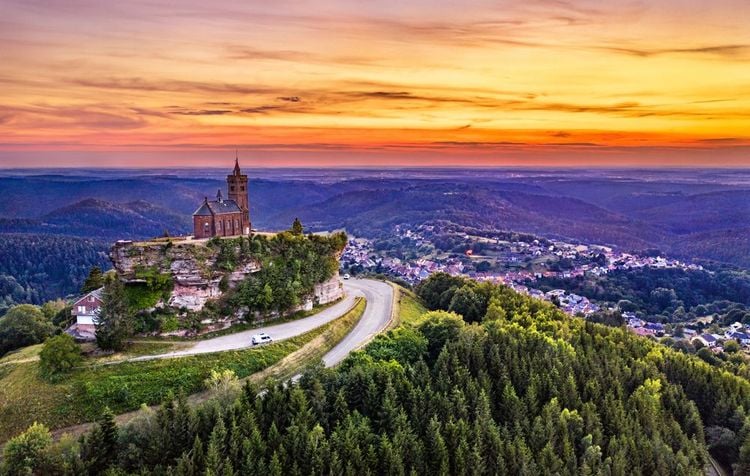
Champagne is famous for its vineyards, cellars and champagne houses. Visitors can follow the champagne routes, visit the cellars and taste the fine wines. The city of Reims, with its UNESCO World Heritage-listed Gothic cathedral and historic centre, is a must-see in the region.

Tourism in the Grand Est region is suitable for all types of traveller. History buffs will love the region's fortified towns and museums, while food lovers can sample local specialities and discover vineyards and champagne cellars. Nature lovers can explore the region's mountains, lakes and forests, while winter sports enthusiasts can enjoy the Vosges ski resorts.
Finally, the Grand Est region is also an ideal family destination, with plenty of activities for children, such as theme parks, animal parks and outdoor pursuits.

In short, the Grand Est is a must-visit destination for travellers looking to discover a part of France rich in history, culture and nature. With its diversity of landscapes, rich and varied heritage and renowned gastronomy, the Grand Est region offers a unique tourist experience. Whether you're a couple, a family or a group of friends, you'll find something to suit all your interests in this region.


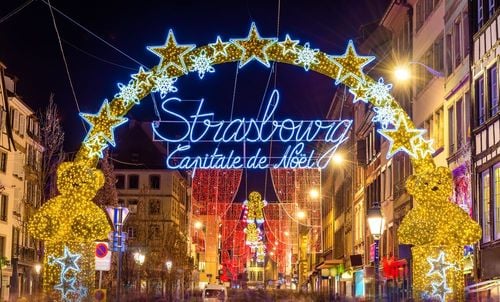

 1
1
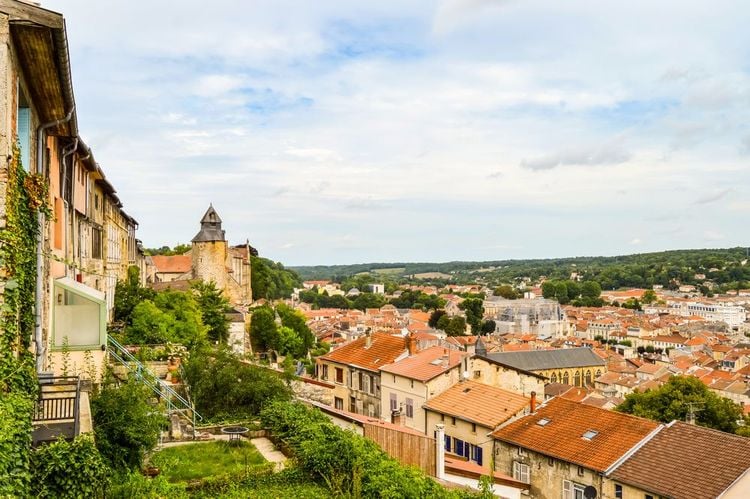 2
2
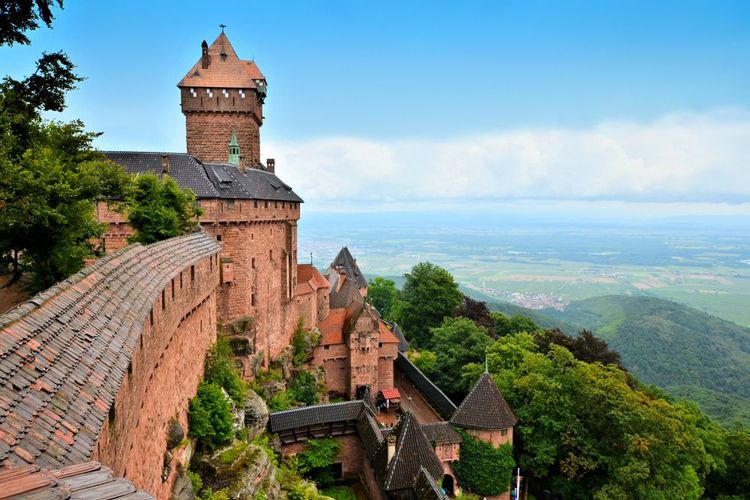 3
3
 4
4
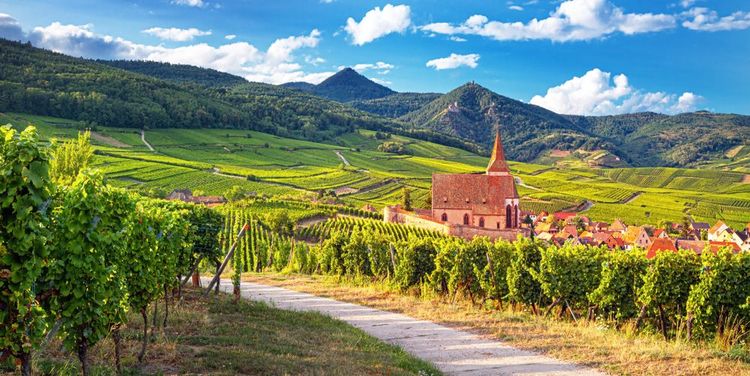 5
5
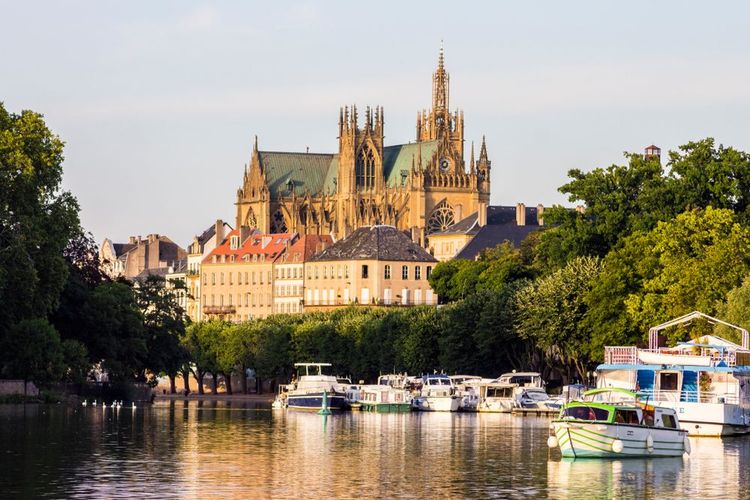 6
6
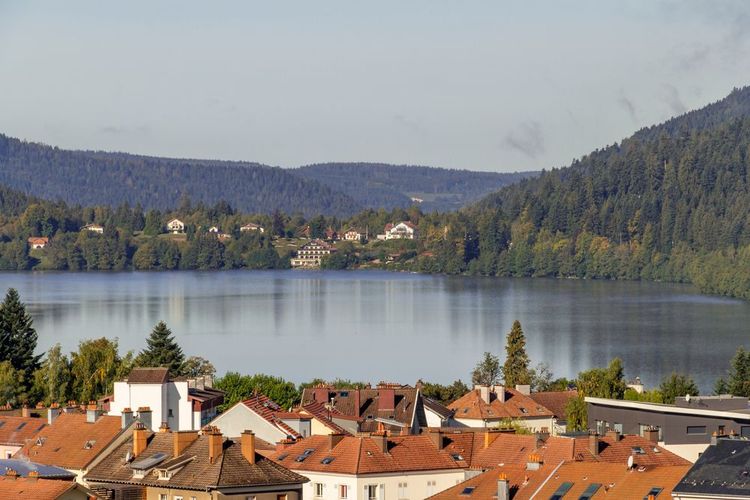 7
7
 8
8
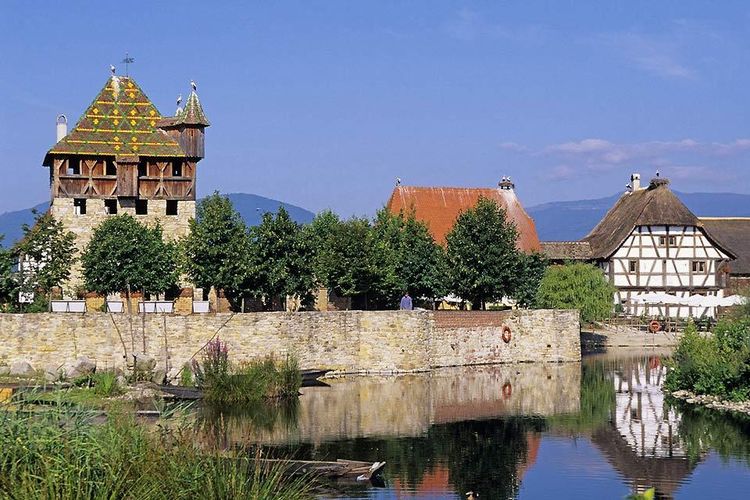 9
9
 10
10
Located at the north-eastern end of France, the Grand Est region is easily accessible by car thanks to the national motorway network. It also has five TGV stations (Strasbourg, Metz, Nancy, Reims and Mulhouse), linking the region to the biggest cities in France and Europe. There are also five national and international airports: Strasbourg-Entzheim, Metz-Nancy-Lorraine, Mulhouse-Basel-Freiburg, Reims-Champagne and Épinal-Mirecourt.
There's no shortage of accommodation in the Grand Est! From romantic hotels at the foot of the vineyards to ecolodges nestling in the heart of nature in the Vosges, not forgetting family flats in the centre of Strasbourg, Metz or Reims: you're bound to find what you're looking for!
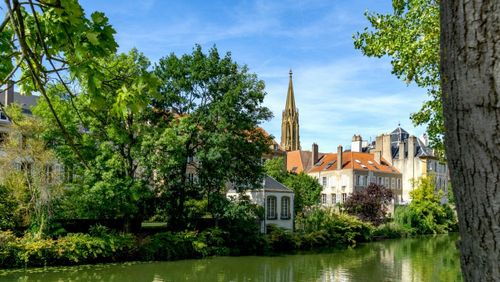
The Grand Est is a multifaceted region that can be visited all year round. In fact, each season offers different activities and experiences, so the ideal time to visit the region depends on each traveller's preferences.
In spring, you can enjoy mild temperatures, nature in bloom and cultural events such as music festivals and gastronomic fairs.
From June to August,summer is the ideal time for outdoor activities such as hiking, swimming in lakes and rivers, and visiting theme parks.
In autumn, wine lovers can enjoy the vineyards of Alsace and Champagne. It's also an ideal time for hiking and visiting the region's historic sites.
Finally, the months of December to February are dedicated towinter sports such as skiing and snowboarding in the mountain resorts, as well as traditional Christmas markets.
Note that some activities and attractions may be closed or limited during the low season, so it's best to check opening times before planning your visit.
As throughout France, bank cards are accepted in most shops, restaurants and hotels, with no minimum purchase required. Numerous cash dispensers are also available in the main towns and tourist villages.
The only exception to this rule is that traders at the various Christmas markets in the region are not always equipped with payment terminals. So be sure to bring cash to buy souvenirs and food in the châlets at this time of year.
The train is the quickest way to travel between the major towns. There are also a number of bus routes linking the region's villages, especially the most popular tourist destinations. A number of local tour operators also offer hop-on, hop-off bus services, enabling you to explore the most beautiful towns and cities in the Grand Est region. Finally, in the major cities - such as Strasbourg or Metz - the easiest means of transport is still by tram or hire bike.
Service is included in most establishments but, as everywhere in France, it is advisable to leave a tip in hotels, restaurants, bars and taxis when the service is of a high standard. In general, this tip represents 10% of the price.
Although a few districts in the major cities - notably Strasbourg, Mulhouse or Metz - are the talk of the town every New Year's Eve, when the Ministry of the Interior counts the number of cars burnt by certain young people who go on a rampage as the new year arrives, a trip to the Grand Est region does not require any particular precautions.
A trip to the Grand Est requires no special precautions in terms of health (vaccinations, repatriation insurance, etc.). However, the region's proximity to Luxembourg, Germany and Switzerland means that you may have to cross the border for a day: remember to obtain a European health insurance card from your social security centre for reimbursement of any medical expenses you may incur on the spot.
In December, the Grand Est region - and Alsace in particular - comes alive with Christmas festivities. Be sure to visit the wonderful Christmas markets dotted around the region. But be warned: popular festivities mean huge crowds and soaring prices! Make sure you book several months in advance!
explore Try out our comparators
It is Easy to travel

